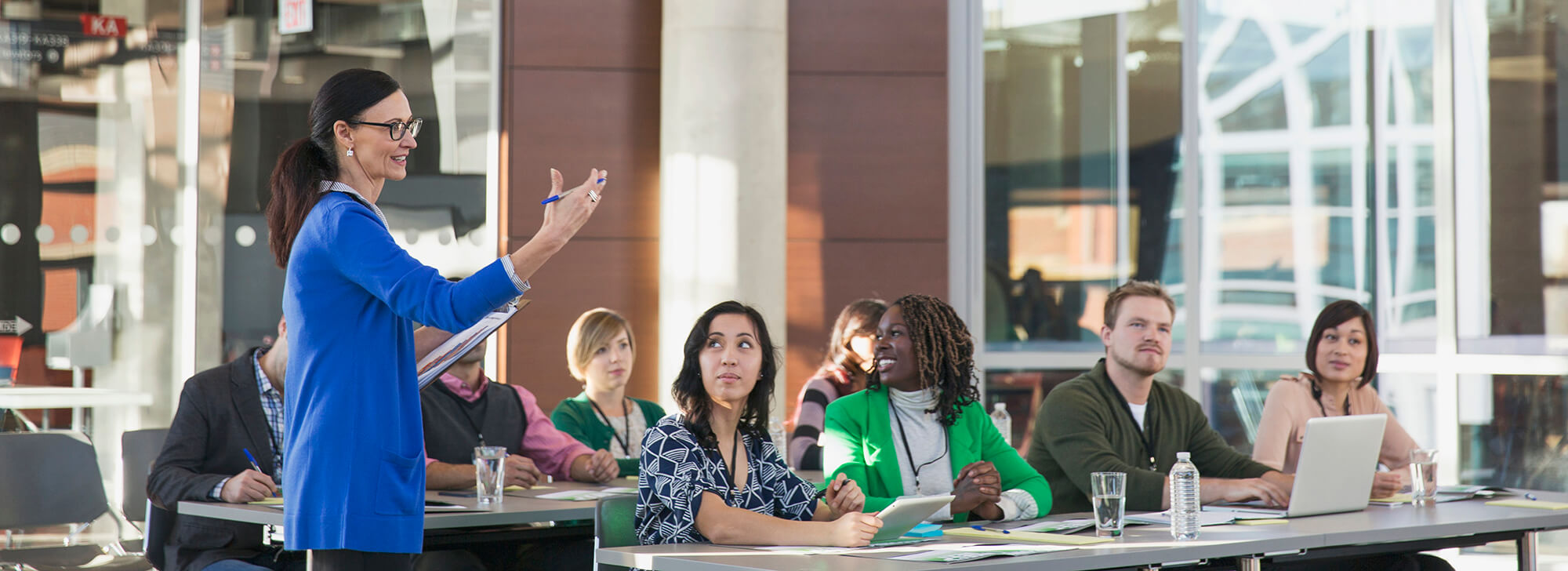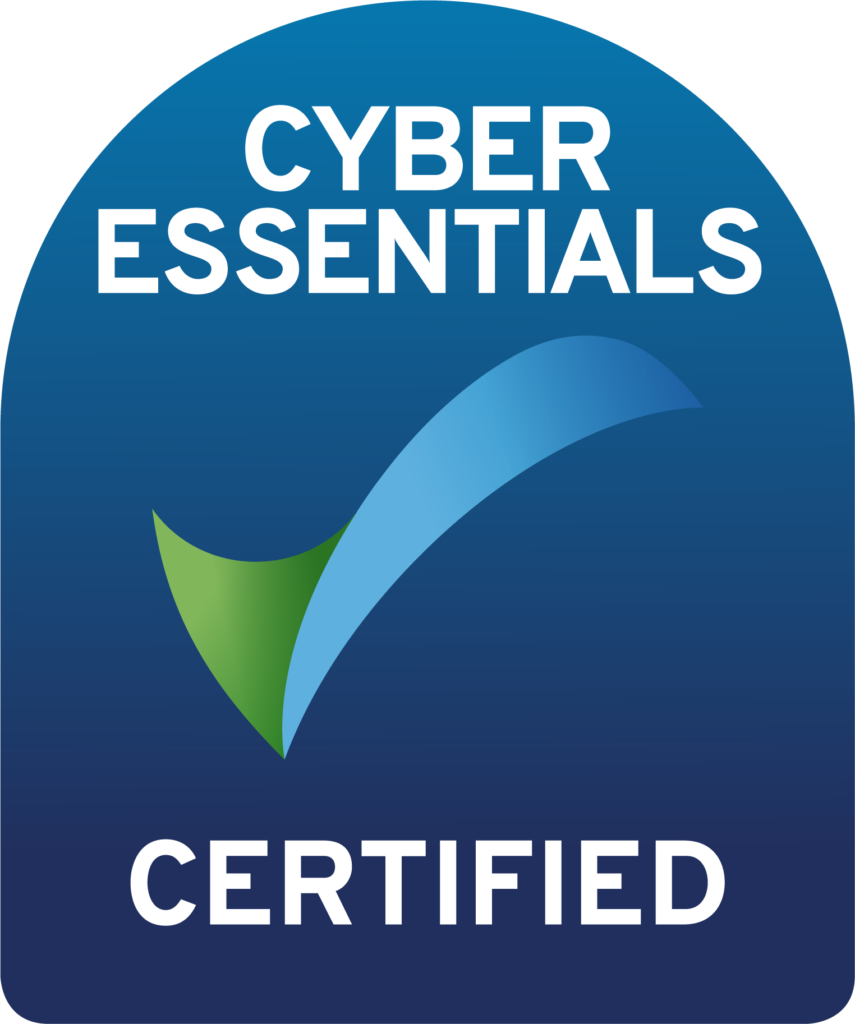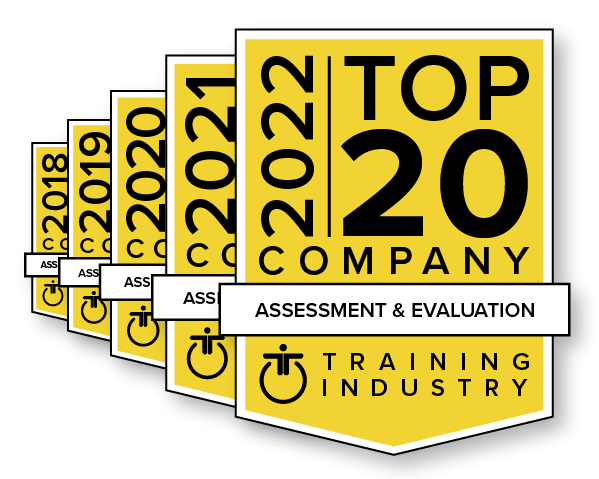Two things happen at the end of summer: students return to school and another football season begins. In my book, both are positive events. I also believe that those of us who do our work in the classroom have something to learn from the athletes and coaches on the field–especially, great coaches and winning teams.
The NFL is the most popular sport in America and has been for 30 years running. There are a lot of guesses as to why we watch football—tribalism among fans and teams, the physicality of the game, the thrill of unpredictable outcomes. Another reason I’d offer is that it acts out the dynamics of teamwork, leadership and victory on a grand stage.
Hall of Fame Coach Vince Lombardi understood this aspect of the game. He taught his players about perseverance, discipline and, above all, commitment. Lombardi saw individual commitment as the key to success in any endeavor. As he said, “Individual commitment to a group effort—that is what makes a team work, a company work, a society work, a civilization work.” If the great coach is right, then all of us who care about student outcomes should be asking ourselves how we can create classrooms where commitment flourishes.
This question inspired me to lead a national study on commitment. I partnered with a global research firm to survey 1,849 American workers across a range of organizations and industries. What I learned sheds light on the obstacles to individual commitment and more importantly, what leaders can do to encourage commitment. Through this research, I discovered three practical actions that may inspire your students to commit and follow through:
- Define expectations. Commitment requires personal buy-in; however, people need to know exactly what they are buying into before they commit. Clearly defining and communicating priorities eliminates uncertainty and ultimately empowers individuals to achieve greater results. This can occur through more clearly written syllabi and by offering examples of what success looks like on a particular assignment or project. I also take the time to revisit and invite questions around major assignments just to make sure everyone knows what is expected of them.
- Discover core reasons. Scholarly research, along with our own experiences, suggests that intrinsic motivation is a more powerful and sustaining force than external factors like grades or negative consequences for poor performance. People commit to what is important—to them. So helping them recognize why a particular task or assignment is personally important will accelerate commitment or personal buy-in.
Finding relevance in a particular course or classroom assignment can be as simple as helping your students answer the question, “Why is it important to me?” Sometimes, there is a direct correlation with a career path or future educational goals, but often the answer comes in the form of something deeper and values-based—something that taps into motives. In my work with students and organizational clients, I use the Strength Deployment Inventory (SDI 2.0), a learning tool designed to scientifically reveal the motives that drive each person. It offers a vivid way of seeing how the three primary motives (concern for People, Performance, and Process) uniquely work together in each person. With this information, students are more likely to make a commitment that leads to them feeling a sense of ownership—and inspires them to give their best effort.
- Deploy the right strength at the right time. When students feel personally responsible for the outcomes they produce, they need to access a wide range of behaviors to fulfill their commitments. Therefore, the third action necessary to create a culture of commitment is empowering people to deploy the right strength at the right time. This skill requires an understanding that everyone has a wide array of strengths they can choose and use. Unfortunately, many people rely on only a few behaviors—a one-size-fits-all approach.
One of the great joys of teaching is helping students discover that they are more powerful than they previously knew. Whether it is helping a student find his or her voice through a writing assignment, or watching a person hesitant to share in early class sessions heartily engage in classroom debates is always encouraging. As educators, it is our duty to encourage students to access behaviors that contribute to their success in the classroom or in extracurricular activities. I use an assessment called the Strength Portrait to help people see the variety of strengths available to them and how different strengths might be more effective in a particular situation or with a certain person.
These actions also serve as skills to develop in each student through training, coaching, and institutional reinforcement. Each action should be tailored to each individual in order to have the greatest impact, but overall, these steps can generate stronger results and encourage greater collaboration, creativity, engagement, and retention—the kind of learning environment everyone wants. Are your actions inspiring commitment or are you enforcing compliance? My guess is that you’ll get a better response by inviting your students to take ownership of their academic journey and take initiative to explore and use a range of strengths that can lead to the outcomes they want.








